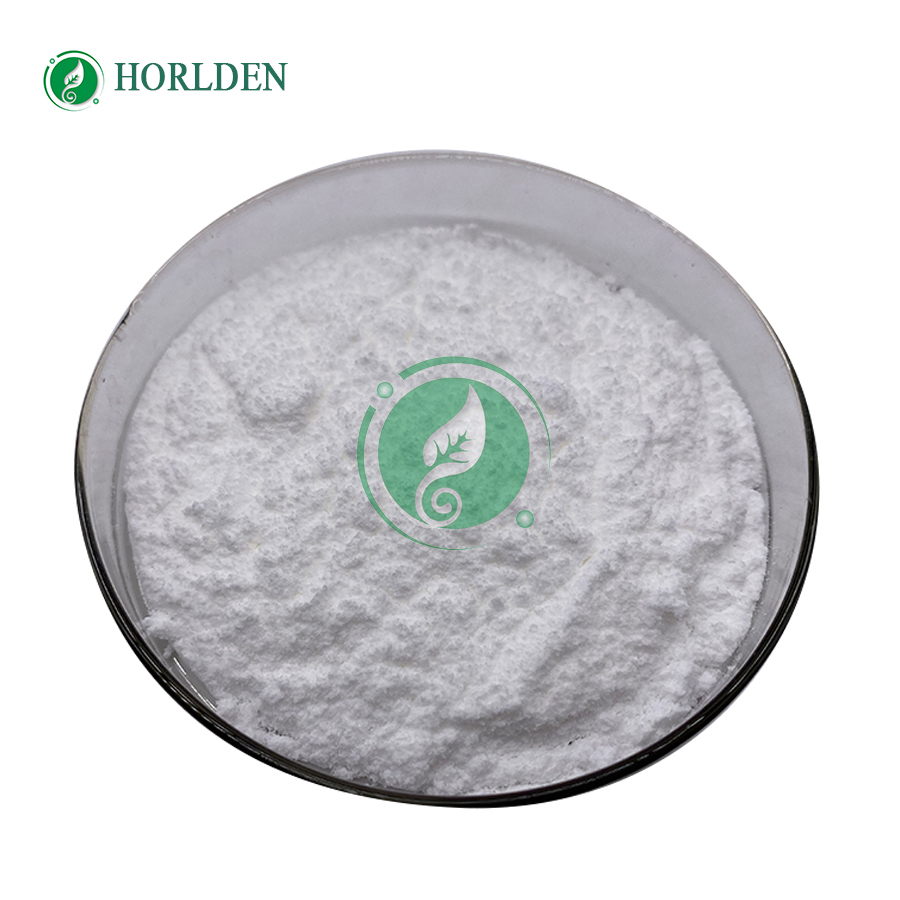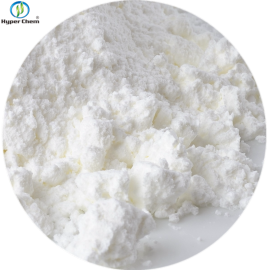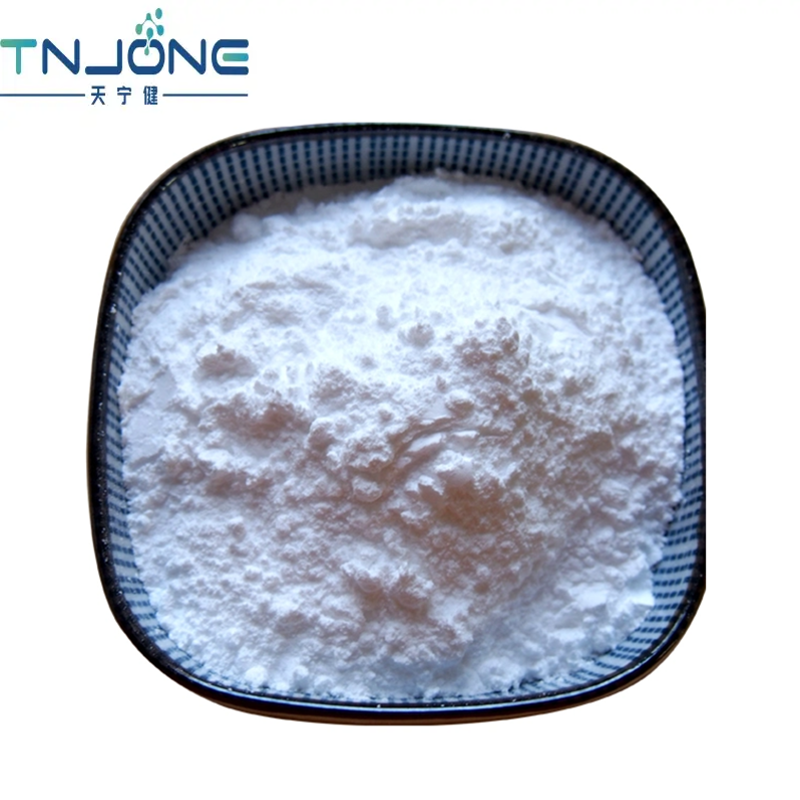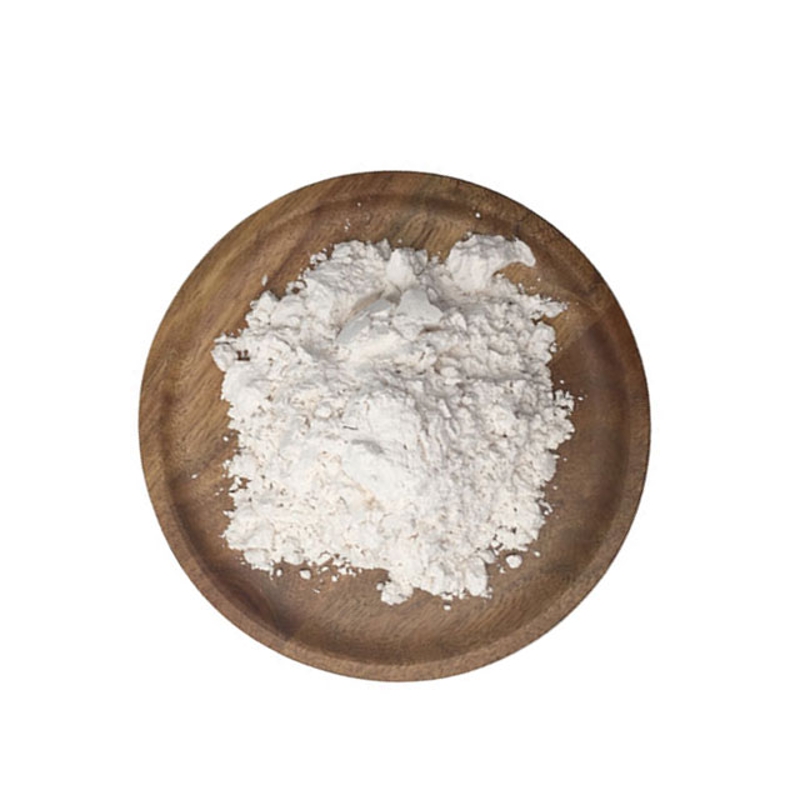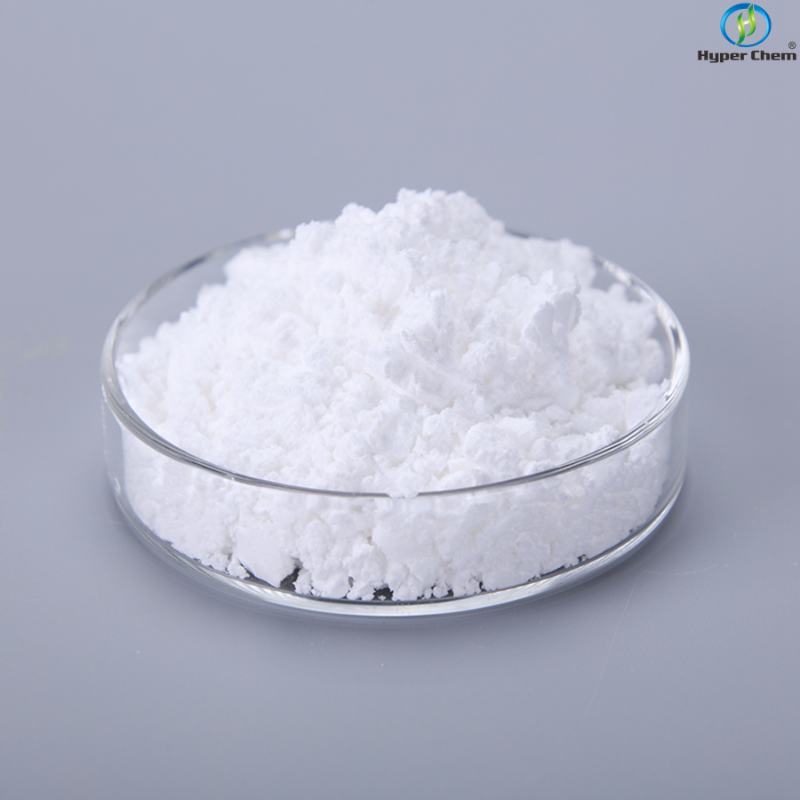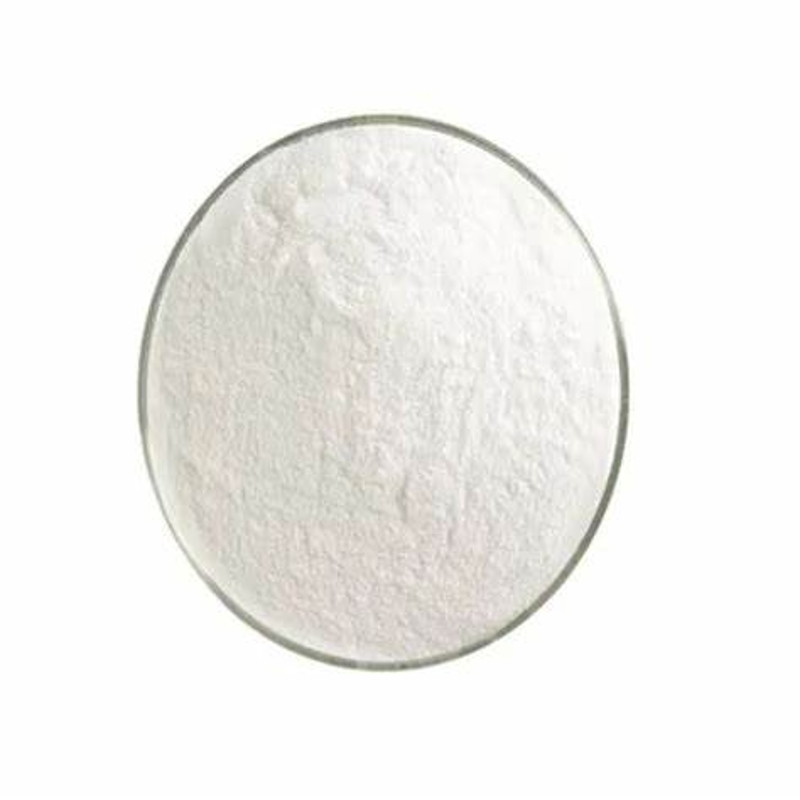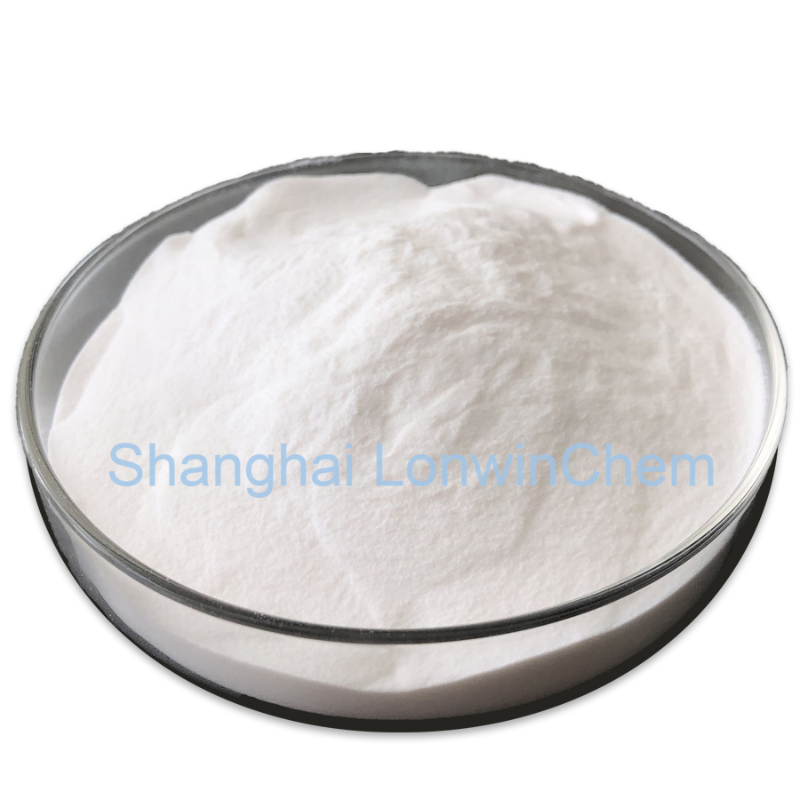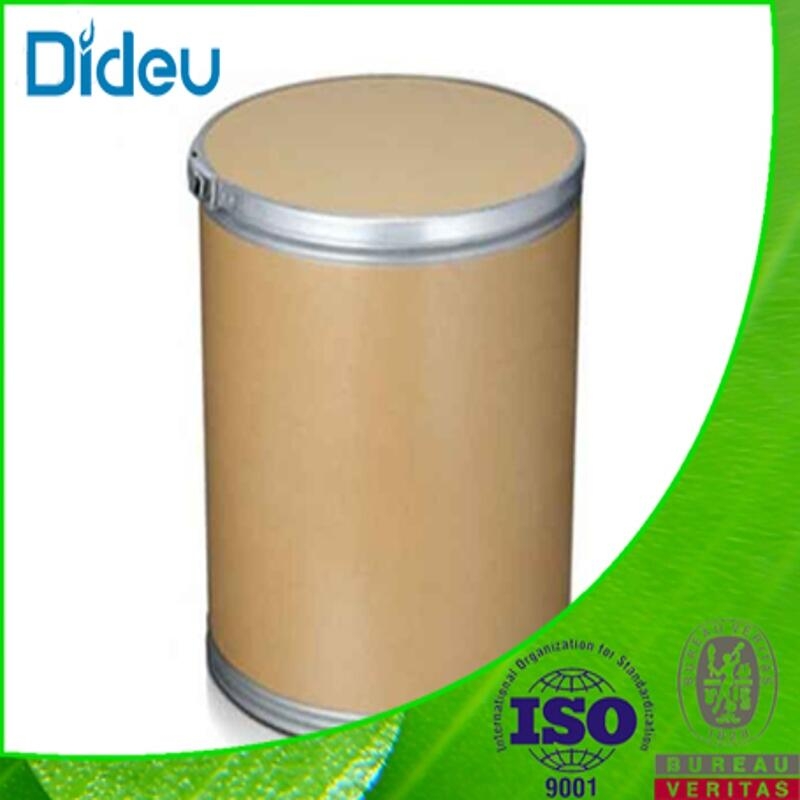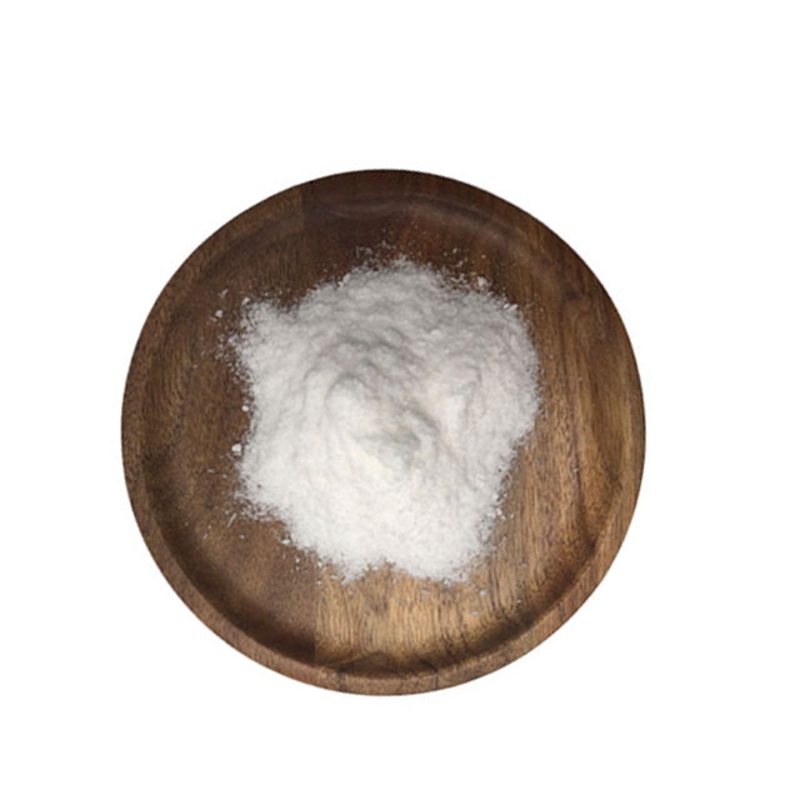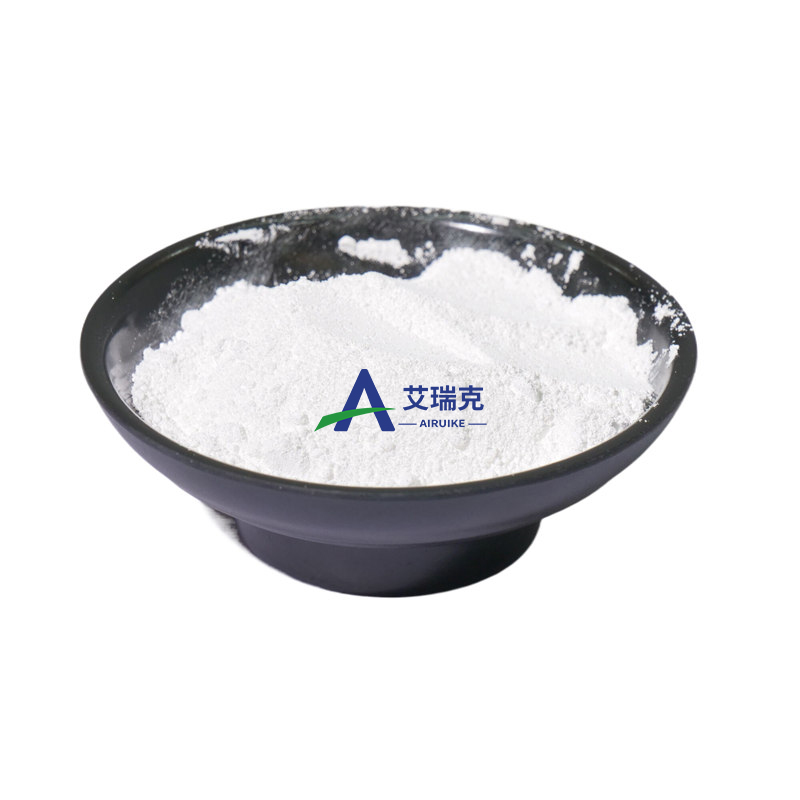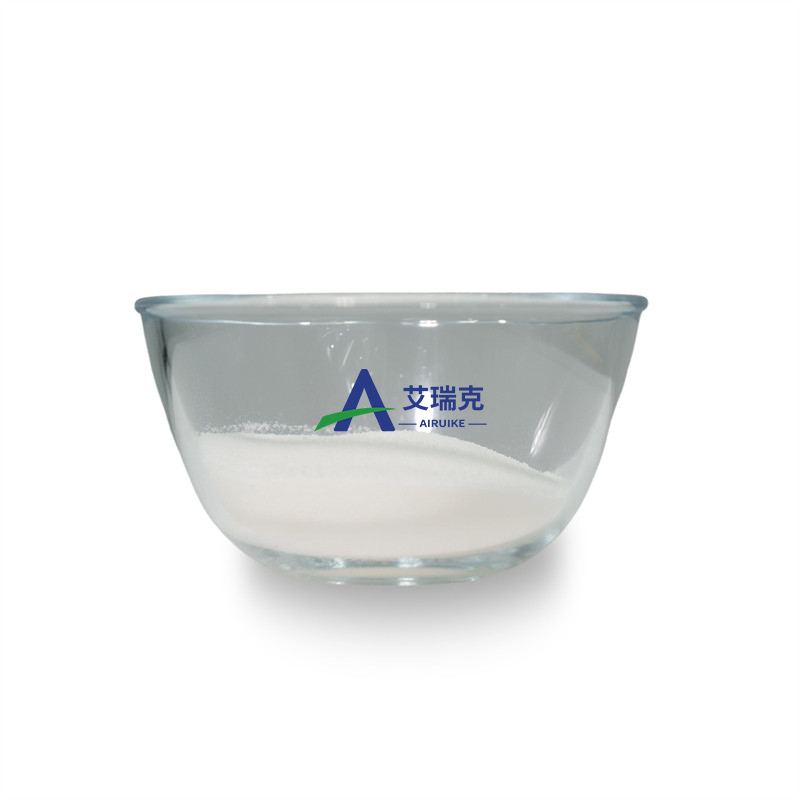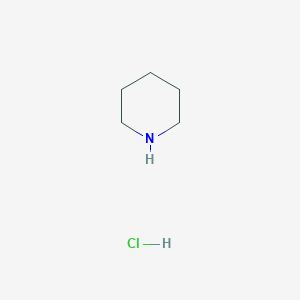Active Pharmaceutical Ingredients
- • Respiratory Drugs (112)
- • Hormones and the Endocrine System (273)
- • Antipyretic Analgesics (165)
- • Antiallergic Drugs (103)
- • Antiparasitic Drugs (127)
- • Antibiotics (530)
- • Antineoplastic Agents (287)
- • Anesthetic Agents (79)
- • Urinary System Drugs (51)
- • Other Chemical Drugs (913)
- • Synthetic Anti-infective Drugs (587)
- • Nervous System Drugs (345)
- • Fluid, Electrolyte, and Acid-base Balance (48)
- • Vitamins and Minerals Medicines (102)
- • Digestive System Drugs (194)
- • Blood System Drugs (85)
- • Circulatory System Drugs (410)
- • Diagnostic Agents (58)
- • Specialty Drugs (108)
- • Drug Metabolism (22)
- • Feed Additive (21)
- • Anti-stress Drugs (1)
- • Drugs Influencing Immune Function (14)
- • Veterinary Raw Materials (23)
- • Inhibitor Drugs (65)
Related News
-
At the API China 2024 Spectacle: A Grand Recap!
2024-10-18 -
The 89th API China & The 27th CHINA-PHARM Exhibition Opened
2024-06-05 -
Overview of China's API industry in 2023
2023-02-01 -
Global Analysis of Active Pharmaceutical Ingredient (API)
2023-01-28 -
Professional and technical dry goods: a brief discussion on the selection of starting materials for chemical synthesis APIs
2022-11-18 -
In 2021, India's Ibuprofen API Export Volume and Price will Fall
2022-06-20
Antipyretic Analgesics
Dipyrone
(68-89-3)-
Pharmaceutical Grade / 99%
-
Pharmacy Grade / 99%
-
Pharmacy Grade / 99.9%
-
Pharmacy Grade / 99.2%
Indomethacin
(53-86-1)-
Pharmacy Grade / 99%
-
Pharmacy Grade / 99%
-
Pharmacy Grade / 99%
$20-25/KG FOB
-
Pharmacy Grade / 99%
Request for quotation , get quotes from more suppliers.
Salicylamide
(65-45-2)-
Pharmaceutical Grade / 99%
$100/KG EXW
-
Pharmacy Grade / 99%
-
Pharmacy Grade / 98.0%
-
![Salicylamide buy Salicylamide]()
Industrial Grade / pharmaceutical grade / 99%
Request for quotation , get quotes from more suppliers.
-
Pharmacy Grade / 99%
-
Pharmacy Grade / 99.5%
-
Pharmacy Grade / 99%
-
Pharmacy Grade / 99%
Request for quotation , get quotes from more suppliers.
-
Pharmacy Grade / 99%
-
Pharmacy Grade / 99%
-
Pharmacy Grade / 98%
-
Pharmaceuticals Grade / 0.00%
Request for quotation , get quotes from more suppliers.
(-)-Flurbiprofen
(51543-40-9)-
Pharmacy Grade / 99%
-
![(-)-Flurbiprofen buy (-)-Flurbiprofen]()
-
![(R)-2-Flurbiprofen buy (R)-2-Flurbiprofen]()
-
![(R)-2-Flurbiprofen buy (R)-2-Flurbiprofen]()
Request for quotation , get quotes from more suppliers.
Phenylbutazone
(50-33-9)-
Pharmacy Grade / 99%
-
Pharmacy Grade / 99%
-
Pharmacy Grade / 99%
-
Pharmaceutical Grade / 99%
$100/KG EXW
Request for quotation , get quotes from more suppliers.
Flunixin meglumine
(42461-84-7)2. Cyclooxigenase inhibitor. Anti-inflammatory; analgesic; antipyretic.
-
Pharmacy Grade / 99%
-
Pharmacy Grade / 0%
-
Pharmacy Grade / 99%
-
Pharmacy Grade / 99%
Request for quotation , get quotes from more suppliers.
-
![Sumatriptan buy Sumatriptan]()
Industrial Grade,Pharma Grade / 99%
-
- / 99.00%
-
Food grade / 99%
-
![Sumatriptan buy Sumatriptan]()
Industrial Grade / 99.0%
Request for quotation , get quotes from more suppliers.
-
- / 99.00%
-
- / 99%
-
![Piperidine hydrochloride buy Piperidine hydrochloride]()
Industrial Grade / 99%
-
![Piperidine, Hydrochloride buy Piperidine, Hydrochloride]()
Request for quotation , get quotes from more suppliers.








